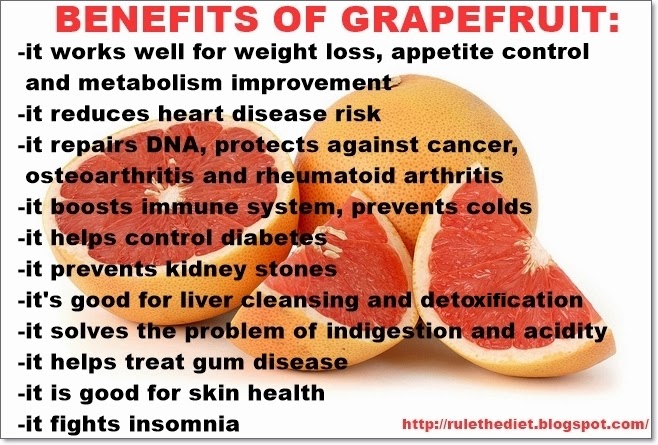

Also, they are more effective than the white variety at lowering triglycerides (a type of fat found in the blood," remarks Catherine Reddy, author at The Alternative - Sustainability as a Way of Life. Pink-and-red red grapefruit is higher in antioxidants, which prevent cell damage. Having said this, the nutritionist points out that no single fruit can by itself prevent acidity. The bitter properties arising from an essence called ‘ naringin' tone up the system and the digestive process. This in turn serves as a vital remedy against cold, cough and flu. The citric acid contained in this bitter-sweet fruit creates an alkaline reaction post digestion. Tart and tangy with and underlying sweetness, it is usually eaten as it is or merged with a variety of salads.”īut what else makes it a must add on to your grocery list? Let us find out. The juiciness and health promoting befits compete with that of the canonized Orange.The moon shaped fruit acts as a natural antihistamine, a great aid to the immune system. “This makes it a remarkable fighter of cough, cold and flu. Sheela Krishnaswamy, Bangalore-based nutritionist. In terms of culinary value, grapefruit scores 10/10 as a hydrating fruit for summers and can be regularly included in the breakfast - providing a rejuvenating start to the day.Īs per NIN guidelines, it is a powerful source of Vitamin C (31 mg per 100 grams), agrees Dr. Readily available from November to December in the Indian markets, it can enact as a substitute for many medicines. Several regions like Manipur in West Bengal use the fruit for religious purposes too.Īccording to the National Institute of Nutrition in India, grapefruit contains 92% moisture and is also a low carb fruit – only 7 grams per 100 grams. Assam, Kerala, Bangalore and Tripura cultivate the fruit up to an altitude of 1,500 meters.

In the subcontinent's folklore, grapefruit is ranked as the sourest of all citrus fruits. Referred to as chakotra in Hindi recent years have witnessed its cultivation in India as well. The grapefruit is grown in semitropical areas of US (mainly Florida and Southern California) and is about the size of a fist. Having its origin in the Caribbean in the early 1800s, it is perhaps a cross between a Pomelo and another citrus fruit.

This juicy fruit was named after the way it clusters on a tree branch (like grapes). Conducted studies of fresh grapefruits purchased in the trade network show that the content of potassium, magnesium and vitamin C in grapefruit juice of industrial production is comparable to the content of these micronutrients in fresh fruits.įlavonoids, biologically active substances grapefruit juice micronutrients nutrient profile nutrients.Ĭopyright© GEOTAR-Media Publishing Group.Healthy and refreshing, the versatile grapefruit is a beloved member of the citrus family. The amount of flavonoids in a glass of grapefruit juice provides up to 60% of the adequate daily intake. A glass of grapefruit juice contains, on average, about 10% of the daily requirement in potassium, 6% - in magnesium and about 100% - in vitamin C. Potassium, magnesium, vitamin C, as well as flavonoids (mostly narigin) are the most significant for the estimation of nutritional and biological value of grapefruit juice of industrial production. Like other citrus juices, it is rich in organic acids, the main of which is citric acid (0.8-2 g/100 ml). Grapefruit juice is one of the relatively low-calorie fruit juices - 100 ml of grapefruit juice contains an average of 39 kcal. Based on the published data on the content of nutritive (NS) and biologically active substances (BAS) and the results of studies of various samples of domestic industrial grapefruit juice, the article presents the nutrient profile of grapefruit juice containing data about more than 30 NS and BAS.


 0 kommentar(er)
0 kommentar(er)
